TAKathon 2023 shows that TAK is the best solution for state and local organizations
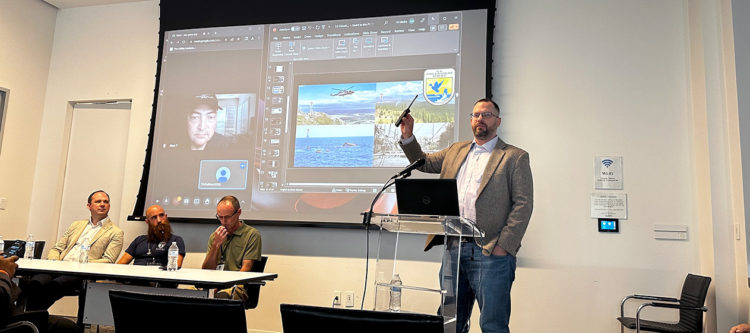
goTenna recently joined an exclusive list of respected technology companies as sponsors for the 2023 TAKathon Public Sector event that took place earlier this July. During this exciting event, leaders from the U.S. Department of Defense (DoD), law enforcement organizations, public safety, and emergency response organizations came together with leading technology solution providers to discuss how tactical operators can best use the TAK application to meet their communications and situational awareness needs.
In fact, one of the overarching themes at this particular TAKathon event was getting more of the public sector – especially federal civilian, state, and local government agencies and organizations – to start utilizing and benefiting from the TAK application that was developed by the DoD. During the event, we heard numerous reasons why TAK should be a part of the kit provided to every tactical operator – including police officers, park rangers, first responders, government employees, and everyone else that puts on a uniform and gets to work on behalf of a government agency or organization.
Making the case for TAK
We all know the importance of communication in potentially dangerous situations. When tactical operators are operating in potentially hazardous situations or conditions, it’s essential that they be able to collaborate with their teams, get directions from their supervisors, and ask for help if things go bad.
When you consider the added functionality and capability that the TAK application provides, it’s a wonder that any law enforcement or emergency response organization is still relying on voice radios for their communications.
For decades, voice radios have been the standard for delivering communications capabilities to these tactical operators, but ATAK is changing that. The introduction of the TAK application adds new communications and situational awareness capabilities and also makes it easier to get everyone working together and on the same page.
Since TAK works on the cell phones that every tactical operator already has in their pockets, everyone involved in operations already has everything they need to communicate. Their communications and situational awareness solutions immediately interoperate – since they’re all using the same solution. This is a massive improvement from voice radios, which can still struggle to interoperate despite the Project 25 (P25) standards implemented after September 11, 2001 that were meant to drive interoperability across land mobile radio (LMR) systems.
TAK also can eliminate many of the challenges that arise from having access to only voice communications. This includes the difficulty that arises when operating in noisy conditions and the communications problems that result from operators talking over each other at critical moments.
However, despite the myriad benefits, this recent TAKathon illustrated that tactical operators outside of the DoD are still choosing traditional voice radios over the TAK application. And there are two prevalent – albeit misguided – reasons why.
Fear of the unknown
Operational environments where there is no access to cellular networks can exist anywhere. Whether these locations are geographically isolated and simply lack terrestrial network infrastructure, or if a natural disaster or other emergency situation has damaged or destroyed existing terrestrial networks – many of the places where tactical operators need to communicate simply won’t have access to traditional connectivity.
During the recent TAKathon, we heard from multiple state and local organizations that have resorted to purchasing cheap, international voice radios…for communication because of their low price points.
This was a commonly reiterated concern that we heard at the TAKathon. Tactical operators were concerned that the TAK application simply wouldn’t function when connectivity wasn’t available or when networks were denied.
Thankfully, there is an easy solution for ensuring that the TAK application can work everywhere – even in the most remote and austere of environments. By leveraging mobile mesh networking solutions in conjunction with cellular devices, the main communications and situational awareness capabilities of TAK can function practically anywhere on Earth.
But the need to operate off the grid was just one concern that we heard from tactical operators at the TAKathon. The other had less to do with the locations in which tactical operators work and more to do with what’s in their wallets.
Budgets are tight
State and local organizations do not enjoy the seemingly endless budgets as military organizations. As a matter of fact, these organizations tend to work with rather constrained budgets which limit the types of technology they are able to acquire.
During the recent TAKathon, we heard from multiple state and local organizations that have resorted to purchasing cheap, international voice radios – such as BaoFeng radios – for communication because of their low price points. These cheaper radios may seem like an appealing option for police, emergency response, and park rangers because they do not have the same security concerns – or budgets – as the DoD.
However, these low-quality radios offer a fraction of the functionality of the TAK application on a cellular phone. Even worse, they may not be interoperable with other voice radios should an agency have to cooperate and coordinate with other agencies.
With TAK, state and local organizations do not need to spend hundreds or even thousands of dollars on each team member to sustain communication. TAK works on practically any mobile device. Practically every tactical operator working on behalf of a government agency or organization owns a cellular phone or other smart device. This means there are no additional hardware purchases that are necessary to utilize TAK.
While these organizations may think TAK is a premium or costly option, leveraging the devices that their personnel already have means that it’s actually cheaper than even the cheapest voice radio. But what about in those aforementioned off-grid environments? Won’t mobile mesh solutions add to those costs?
We all know the importance of communication in potentially dangerous situations. When tactical operators are operating in potentially hazardous situations or conditions, it’s essential that they be able to collaborate with their teams, get directions from their supervisors, and ask for help if things go bad.
Thankfully, mobile mesh solutions are a fraction of the cost of many advanced communications solutions. Also, they’re only needed for tactical operators that are working in off-grid locations. Not every member of the team will require mobile mesh to utilize the TAK application. This means that the average law enforcement, first response, or emergency response organization only needs to purchase a few mobile mesh nodes for the personnel that will be operating off-grid – and those solutions will not break the bank.
When you consider the added functionality and capability that the TAK application provides, it’s a wonder that any law enforcement or emergency response organization is still relying on voice radios for their communications. Unfortunately, the TAKathon showed that the adoption of this incredibly useful – and perpetually improving – tool still lags outside of the DoD.
The common concerns that may keep these organizations from making the switch to TAK may seem insurmountable. However, upon further analysis and inspection, they may find that the cost and accessibility concerns are simply unfounded. Now’s the time to make the change to TAK and mobile mesh. And the added benefits to communication, interoperability, and improvements to situational awareness will make any investment of theirs worthwhile.


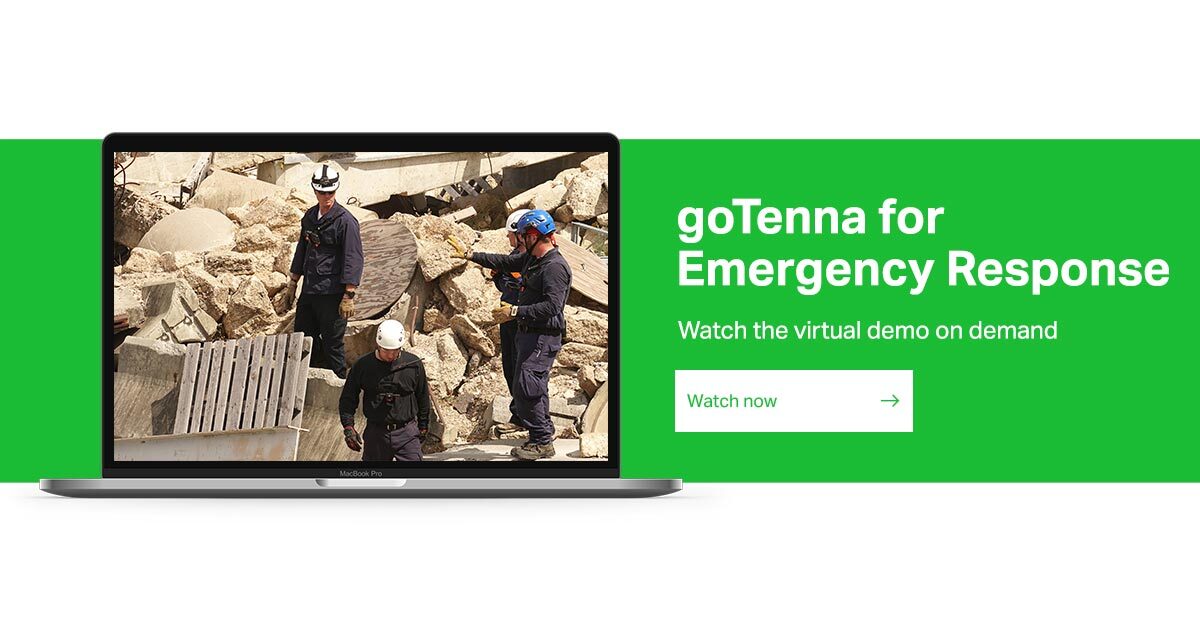
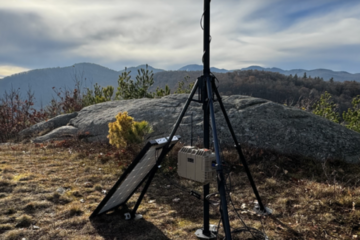
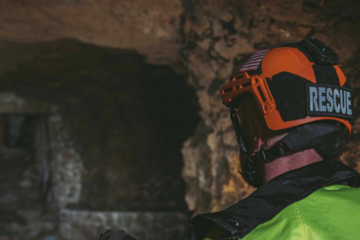
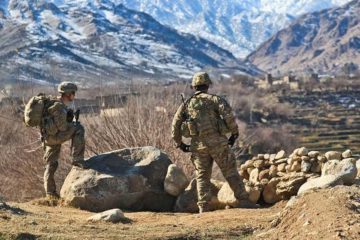


No Comment